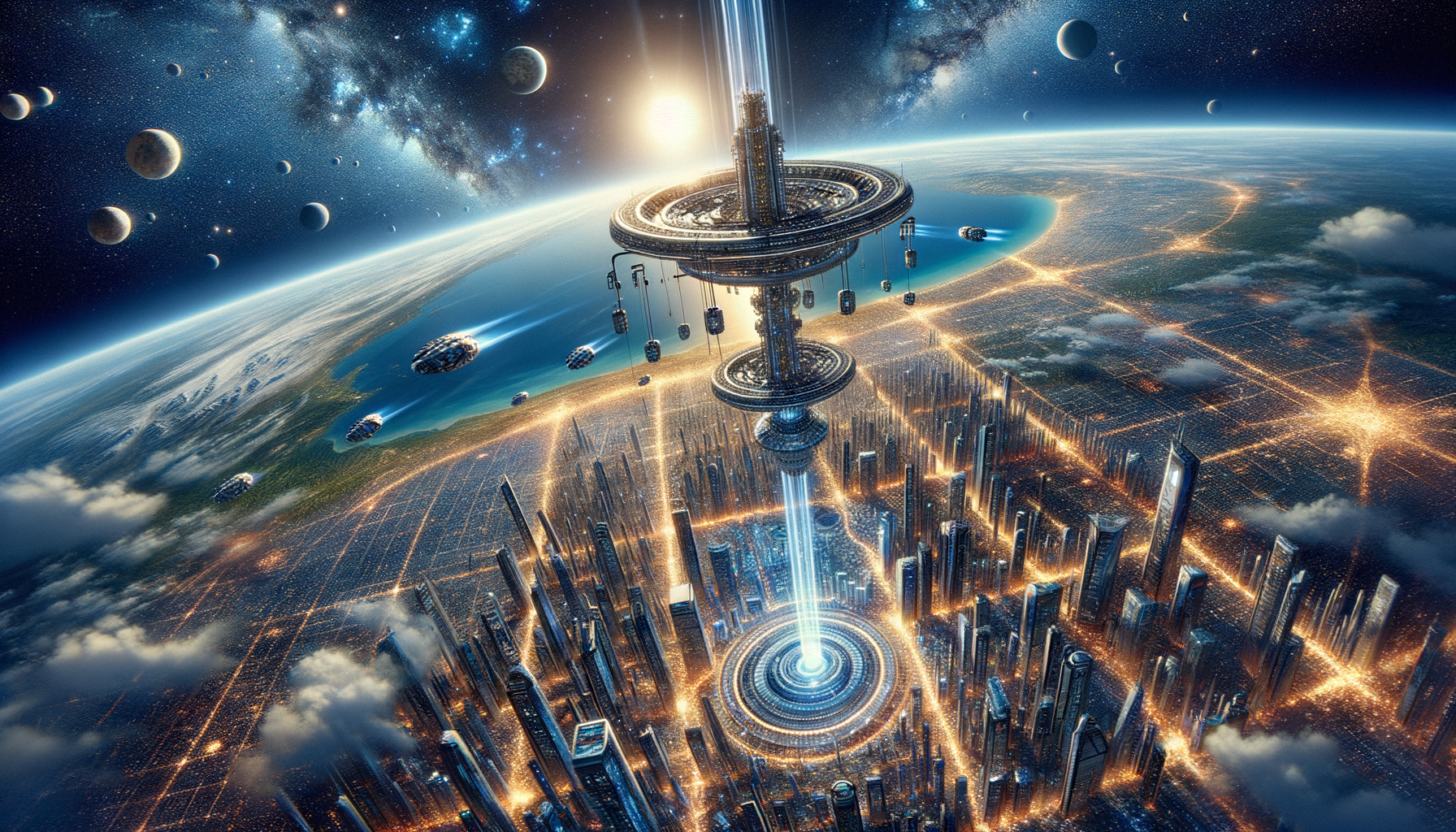Mass Accelerators: A New Era in Launching Payloads into Orbit
As we venture further into the 21st century, the pursuit of efficient and cost-effective methods for launching payloads into orbit becomes increasingly vital. Traditional rocket launches, despite their remarkable achievements, face significant challenges including high operational costs, extensive preparation times, and environmental implications due to rocket exhaust. Enter mass accelerators—an innovative concept designed to revolutionize the way we transport objects into space.
What are Mass Accelerators?
Mass accelerators are advanced propulsion systems that utilize kinetic energy to propel payloads into low Earth orbit (LEO) or beyond. Unlike conventional chemical rockets, which rely on burning propellant, mass accelerators leverage various types of energy—be it electromagnetic, mechanical, or even thermal—to achieve remarkable speeds. The basic premise revolves around accelerating a payload along a track or through a tube before it is ejected into the atmosphere at a sufficient velocity to reach orbit.
The Science Behind Mass Accelerators
At the core of mass accelerator technology are mechanisms such as railguns or coilguns. Railguns, which utilize electromagnetic forces, consist of parallel metal rails that create a magnetic field capable of propelling a conductive projectile at tremendous velocities. On the other hand, coilguns employ a series of electromagnetic coils that activate in sequence to achieve even higher speeds. Both technologies exemplify how advanced physics can be harnessed to reduce the reliance on chemical propulsion.
Another promising design is the mass driver, a linear accelerator that moves a payload down a long track. As the payload is accelerated by a series of electromagnets, it reaches high speeds before being launched skyward. This approach significantly reduces the amount of fuel needed and mitigates the environmental impact associated with traditional rocket launches.
Advantages of Mass Accelerators
1. Cost Efficiency: By minimizing the need for propellant and relying on electrical energy, mass accelerators could substantially lower the costs associated with sending objects into space. This could democratize access to space for smaller companies and emerging nations.
2. Reduced Environmental Impact: The shift from traditional rocket propulsion to mass acceleration could significantly decrease greenhouse gas emissions and other pollutants associated with launch events.
3. Increased Launch Frequency: The ability to quickly replace used payloads and rapidly prepare new launches can facilitate a higher frequency of orbital transport, enabling more consistent scientific exploration, satellite deployment, and even interplanetary missions.
Challenges Ahead
Despite the promising advantages, mass accelerators do face several challenges. The technology is still in its infancy when it comes to scaling for larger payloads, and the structural integrity required to withstand the immense forces during acceleration remains a significant engineering hurdle. Additionally, the trajectory and aerodynamics of payloads exiting the atmosphere must be meticulously calculated to ensure safe and effective transitions into orbit.
The Road to Implementation
In recent years, various research institutions and private companies have begun developing prototypes to test the viability of mass accelerators. Projects such as the Lightcraft Technologies' microwave thermal propulsion system and experiments with smaller-scale railgun systems offer glimpses into the potential future of this technology.
As we continue to explore the cosmos, innovation in the realm of launch systems appears to be at a critical juncture. Mass accelerators hold the promise of transforming space travel into a more sustainable, efficient, and varied activity. By overcoming the technical and engineering challenges that lie ahead, we may soon witness the dawn of a new era in payload launches—the age of the mass accelerator.
